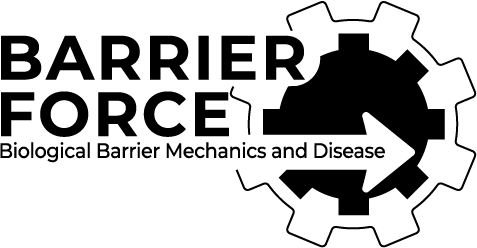Dimerization of the pulmonary surfactant protein C in a membrane environment
Korolainen, Hanna; Lolicato, Fabio; Enkavi, Giray; Pérez-Gil, Jesús; Kulig, Waldemar; Vattulainen, Ilpo
Abstract
Surfactant protein C (SP-C) has several functions in pulmonary surfactant. These include the transfer of lipids between different membrane structures, a role in surfactant recycling and homeostasis, and involvement in modulation of the innate defense system. Despite these important functions, the structures of functional SP-C complexes have remained unclear. SP-C is known to exist as a primarily α-helical structure with an apparently unstructured N-terminal region, yet there is recent evidence that the functions of SP-C could be associated with the formation of SP-C dimers and higher oligomers. In this work, we used molecular dynamics simulations, two-dimensional umbrella sampling, and well-tempered metadynamics to study the details of SP-C dimerization. The results suggest that SP-C dimerizes in pulmonary surfactant membranes, forming dimers of different topologies. The simulations identified a dimerization motif region V21xxxVxxxGxxxM33 that is much larger than the putative A30xxxG34 motif that is commonly assumed to control the dimerization of some α-helical transmembrane domains. The results provide a stronger basis for elucidating how SP-C functions in concert with other surfactant proteins.
PMID: 35476695 doi: 10.1371/journal.pone.0267155
